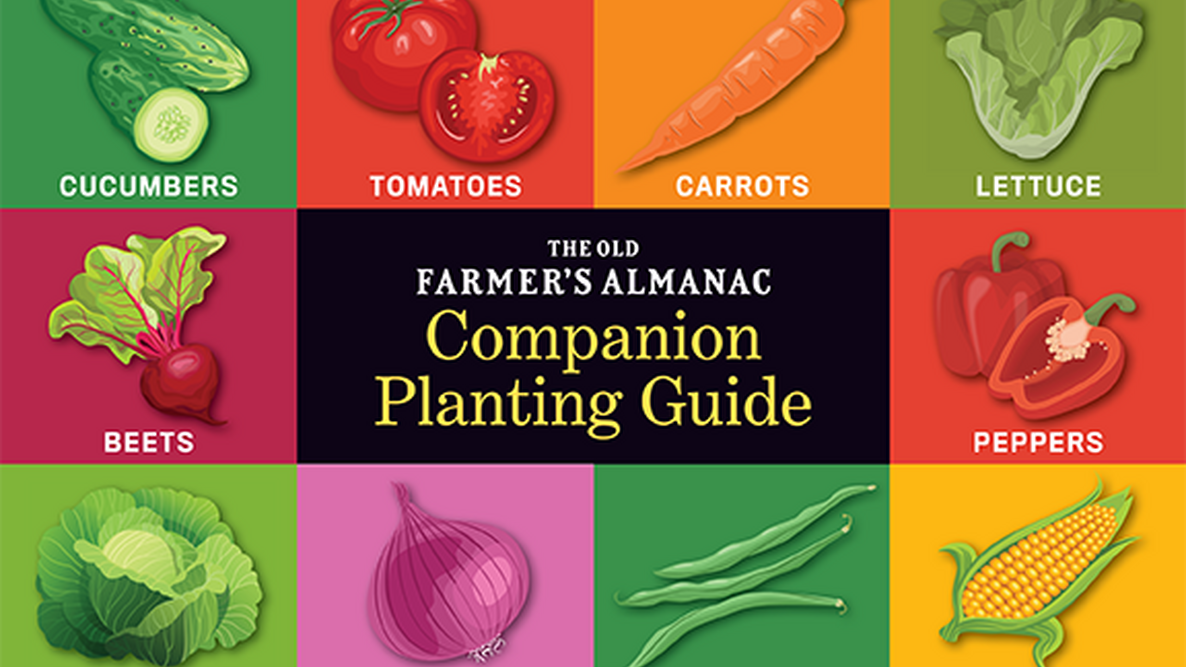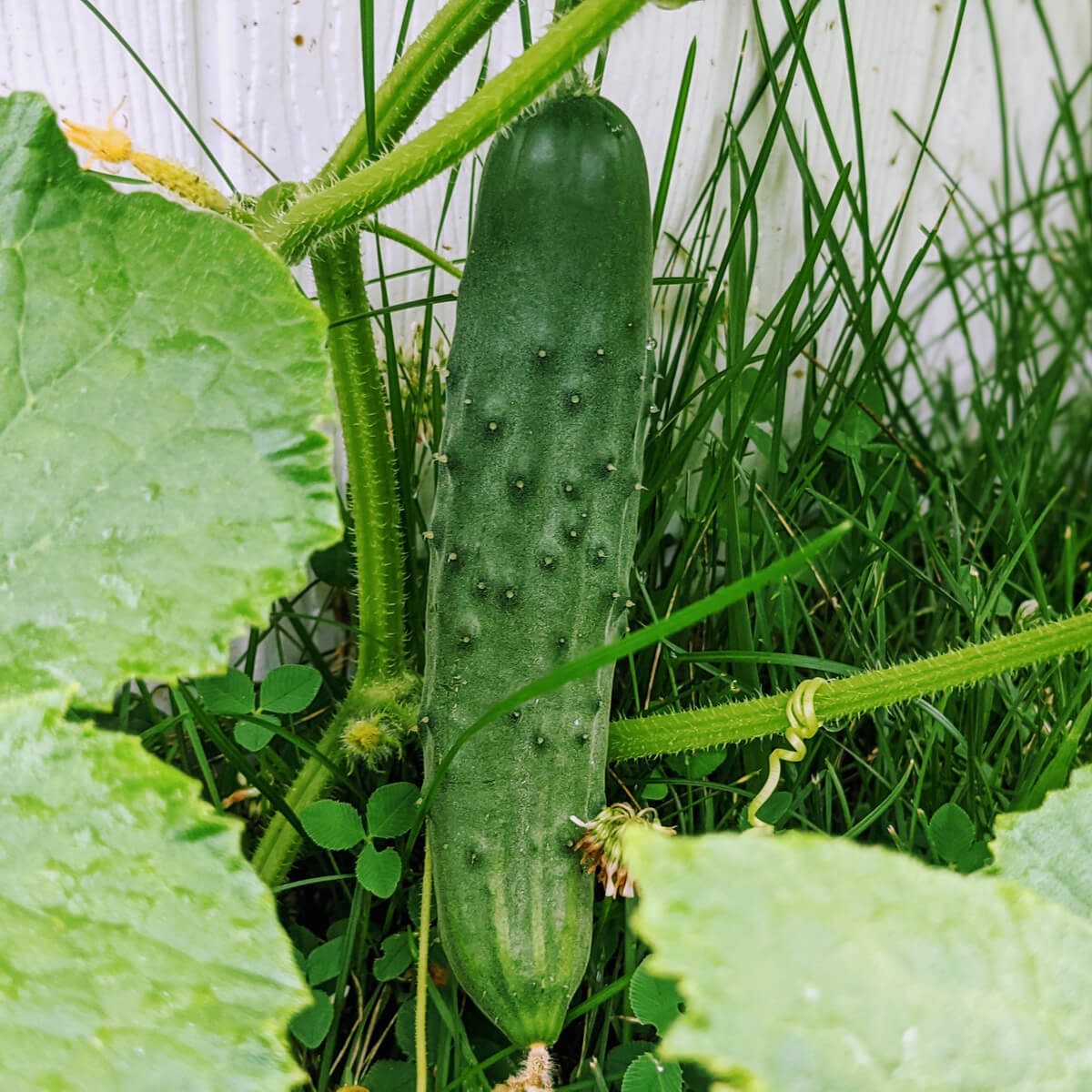Compatible Vegetables That Will Boost Your Garden Yield
Companion Planting: The Key to a More Productive Garden
Growing your own vegetables is a rewarding experience, but it can also be challenging. One way to improve your chances of success is to practice companion planting. Companion planting is the practice of planting certain vegetables together in order to benefit each other. By planting compatible vegetables together, you can improve their growth, yield, and pest resistance.
There are many different benefits to companion planting. Some of the most common benefits include:
- Increased yields: Companion planting can help to increase the yields of your vegetables by as much as 30%.
- Improved pest resistance: Companion plants can help to repel pests and diseases, which can save you time and money on pest control.
- Better pollination: Some companion plants attract pollinators, which can help to improve the pollination of your crops.
- Enhanced flavor: Some companion plants can actually improve the flavor of your vegetables.
If you're new to companion planting, don't worry! There are a few simple rules to follow. First, you need to choose compatible vegetables. There are many different resources available to help you find compatible vegetable pairings. Once you've chosen your compatible vegetables, you need to plant them in the right way. Make sure to plant them in the right order, with the taller plants in the back and the shorter plants in the front. You should also plant them at the right distance apart.
With a little planning, companion planting can be a simple and effective way to boost your garden yield. Here are a few of the most popular companion planting pairings:
- Beans and corn: Beans fix nitrogen in the soil, which benefits corn. Corn provides support for beans to climb.
- Carrots and onions: Carrots deter root-knot nematodes, which can damage onions. Onions deter carrot flies, which can damage carrots.
- Cabbage and tomatoes: Cabbage attracts beneficial insects that help to control pests on tomatoes. Tomatoes deter cabbage worms, which can damage cabbage.
- Lettuce and cucumbers: Lettuce shades the soil around cucumbers, which helps to keep the soil moist and cool. Cucumbers release moisture into the air, which helps to keep lettuce leaves from wilting.
- Peas and potatoes: Peas fix nitrogen in the soil, which benefits potatoes. Potatoes provide shade for peas, which helps to protect them from the hot sun.
These are just a few of the many possible companion planting pairings. By doing a little research, you can find the perfect pairings for your garden.
Companion planting is a gardening practice that involves planting certain vegetables together to create beneficial relationships. By planting compatible vegetables together, you can improve your garden's health, productivity, and pest control.
For example, tomatoes and basil are two vegetables that are often planted together. Tomatoes release carbon dioxide, which basil can use to grow. Basil also helps to repel pests that target tomatoes, such as aphids and whiteflies.
If you're not sure which vegetables are compatible, you can visit Garden Wiki. This website has a comprehensive chart of compatible vegetables, as well as information on the benefits of companion planting.
FAQ of compatible vegetables
- What are compatible vegetables?
Compatible vegetables are those that grow well together in the same garden bed. They may share similar growing conditions, such as needing the same amount of sun, water, and nutrients. They may also help to deter pests or diseases from each other.
- What are some examples of compatible vegetables?
Some examples of compatible vegetables include:
- Beans and corn: Beans fix nitrogen in the soil, which corn needs to grow. Corn provides shade for beans, which helps to protect them from pests.
- Carrots and onions: Carrots and onions repel each other's pests.
- Lettuce and tomatoes: Lettuce shades the roots of tomatoes, which helps to prevent them from rotting. Tomatoes attract pollinators, which help lettuce to set fruit.
- Peas and spinach: Peas and spinach both grow well in cool weather. They also help to suppress weeds.
- Potatoes and tomatoes: Potatoes and tomatoes both need full sun and well-drained soil. They can also be planted in the same hill, which saves space.
- What are some vegetables that should not be planted together?
Some vegetables that should not be planted together include:
- Beans and tomatoes: Beans can attract nematodes, which can damage tomatoes.
- Cabbage and cauliflower: Cabbage and cauliflower are susceptible to the same diseases, so planting them together can increase the risk of infection.
- Eggplants and potatoes: Eggplants and potatoes are both susceptible to the same pests, so planting them together can increase the risk of infestation.
- Melons and squash: Melons and squash can compete for water and nutrients. They can also spread diseases to each other.
- Peas and corn: Peas can attract root rot, which can damage corn.
- How can I find out which vegetables are compatible?
There are a few ways to find out which vegetables are compatible. One way is to consult a gardening book or website that lists compatible vegetables. Another way is to talk to a gardening expert at your local nursery or garden center. You can also experiment by planting different vegetables together and observing how they grow.
- Why is it important to plant compatible vegetables?
Planting compatible vegetables can help to improve your garden's productivity. When vegetables grow well together, they are less likely to attract pests or diseases. They may also help to suppress weeds and improve the overall health of your garden soil.
Image of compatible vegetables
- Beans and tomatoes: Beans fix nitrogen in the soil, which tomatoes need. Tomatoes also provide shade for beans, which can help to protect them from pests.
- Carrots and onions: Carrots and onions repel each other's pests. Carrots also help to keep the soil loose, which onions appreciate.

- Cucumbers and melons: Cucumbers and melons both attract pollinators. They also have similar water and nutrient requirements.

- Herbs and vegetables: Many herbs can be planted near vegetables to deter pests and attract pollinators. Some examples of compatible herbs and vegetables include basil and tomatoes, mint and beans, and rosemary and cabbage.
- Lettuce and spinach: Lettuce and spinach both prefer cool, moist soil. They can also be planted close together because they have different growth habits. Lettuce grows quickly and bolts (goes to seed) in hot weather, while spinach grows more slowly and can tolerate warmer temperatures.

Post a Comment for " Compatible Vegetables That Will Boost Your Garden Yield"